
EXCLUSIVE: 2024 Bajaj Pulsar 150 Launched, Know Onroad Price, New...
- Apr 9, 2024
- Views : 7334

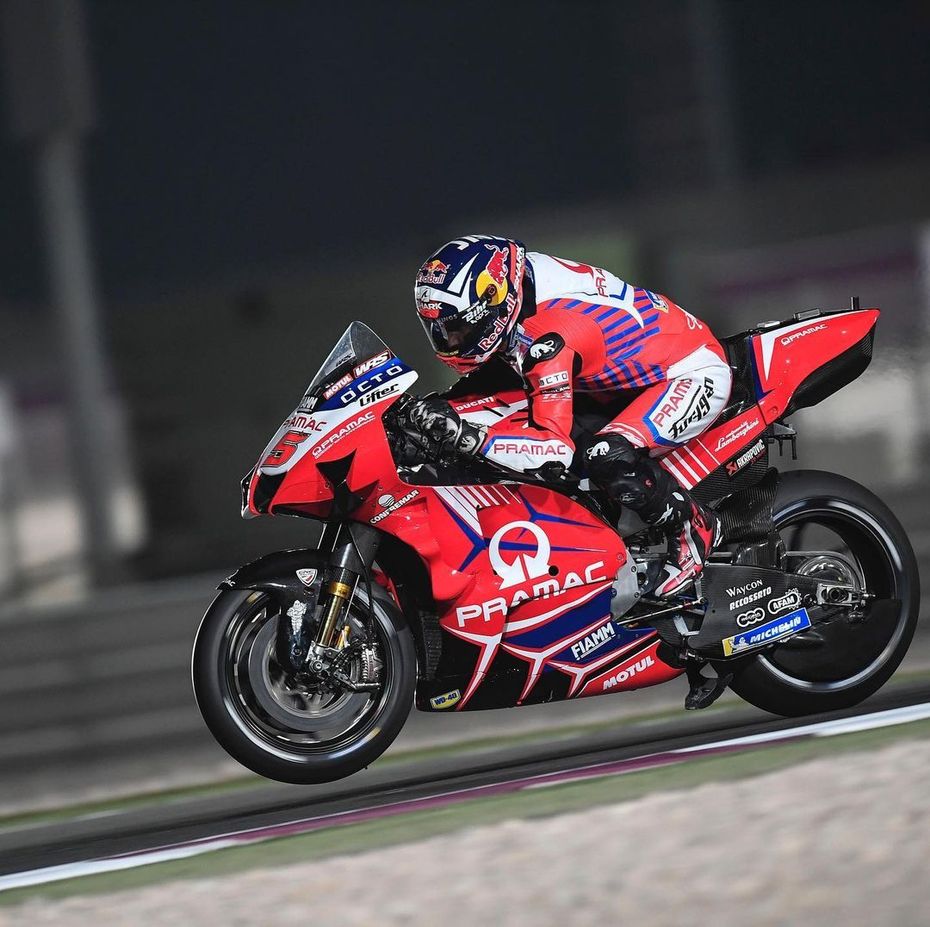
At the opening weekend of the 2021 MotoGP season, Johann Zarco tucked under the bubble of his Ducati GP21 and blasted it down the home straight at Losail. By the time he got to the other end of it, he was doing 362.4kph, making him the fastest man in MotoGP. Two days into the season and the all-time top speed record has been broken. And we haven’t even gotten to Mugello yet. In that same Saturday practice session, eventual race winner Maverick Viñales could only manage a pesky 348.3kph aboard his Yamaha YZR-M1.
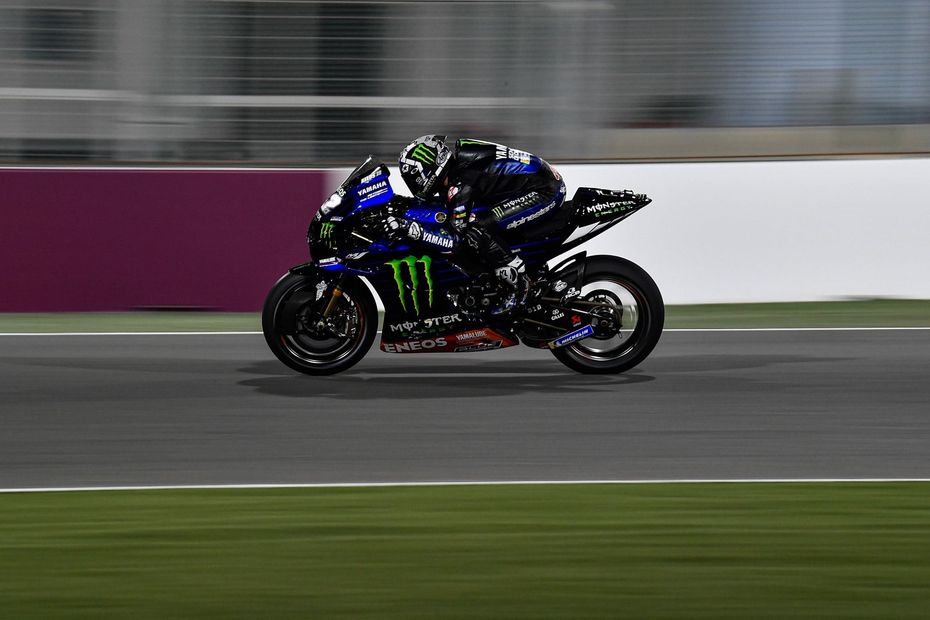
Fast forward 24 hours and the Yamaha man was stood atop the podium, with Frenchman Zarco only just managing to grab 2nd place moments before the end of the race. More distressingly, the Ducati’s near 15kph top speed advantage seemed to have vanished overnight -- Viñales was able to hang around in Zarco’s slipstream, unlike recent years where he’d be dropped as if on a Moto2 bike. The numbers confirm this. On Sunday, Zarco maxed out at exactly 348.3kph (the same top speed as Viñales the previous day) while Viñales himself could manage a best of 343.9kph in the race.
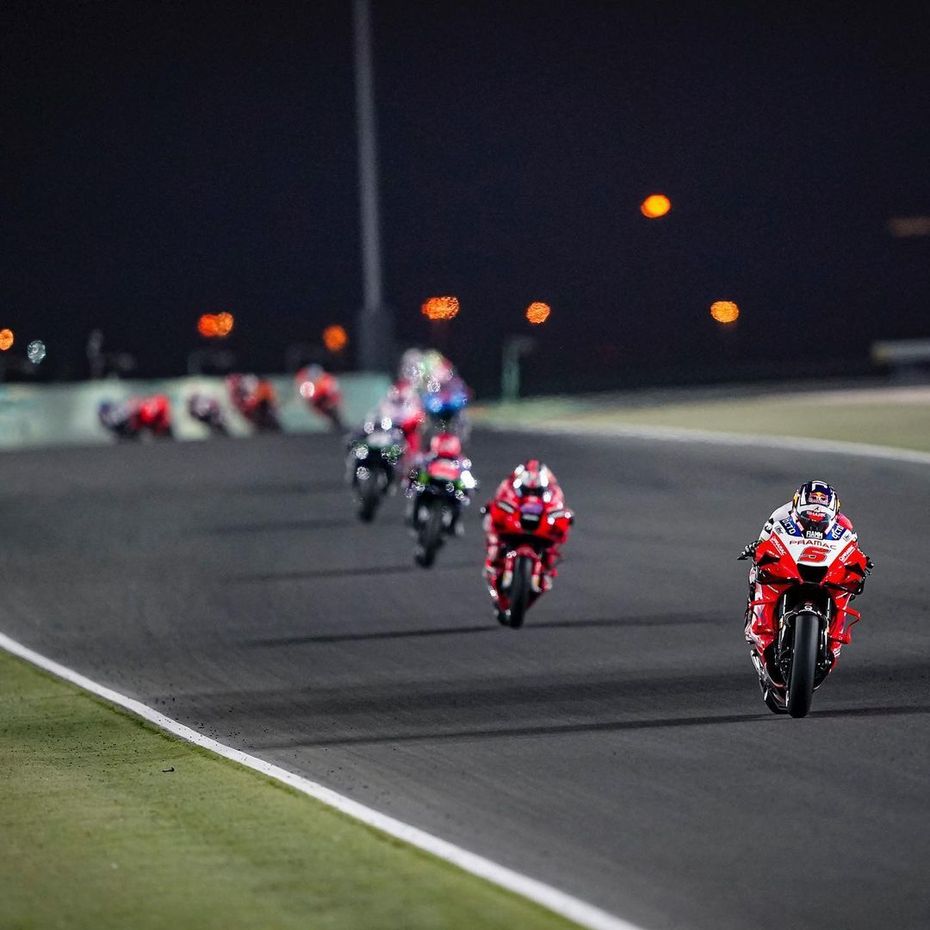
Sure, in race trim, the bikes are carrying a full fuel load, which is naturally going to make them heavier and a little bit slower. But how come the Ducati lost over 14kph and the Yamaha gave up just 4.4kph? The answer is fuel consumption.
Power comes from the burning of fuel, and to burn fuel you need oxygen (read air). The easiest way to extract more power from an engine is to cram more air into it, which allows you to burn more fuel and hence, create more power. But the rulebook says the Ducati, like the Yamaha and indeed every other motorcycle on the grid, can only carry 22 litres of fuel for the race. Those 22 litres would not last Zarco if he was doing 360kph on each of the 22 laps, so he had to switch to more conservative fuel maps with less horsepower.
Which raises the question: what is the point of all that horsepower if you can’t use it in the race, where it counts most?
Straight-line supremacy has long been the anchor point around which Ducati develops its MotoGP machines. In the 18 seasons since it entered the premier class, the Bologna factory has more often than not had the most powerful bike on the grid with the highest top speed. And yet, it has only 1 rider’s championship and 2 constructor’s championships to show for it. Yamaha, which more often than not has the least powerful bike on the grid with the lowest top speed, has won 5 constructor’s championships in the same period. So is Ducati correct in its emphasis on horsepower and top speed?
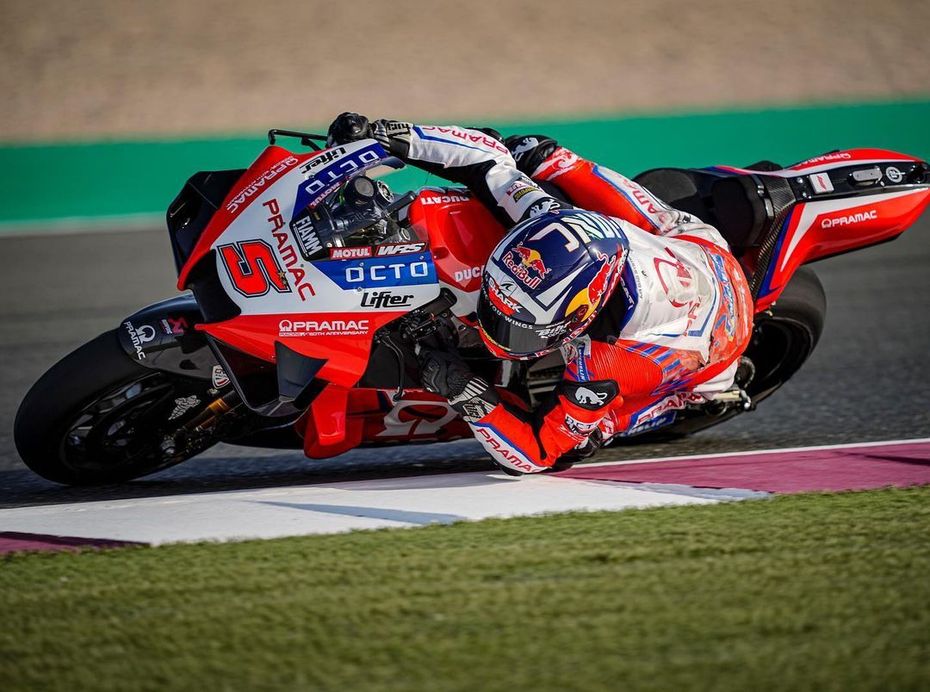
Sure, it’s great to have a straight-line speed advantage over your rivals because that gains you free time on the straights -- your riders don’t have to work any harder to extract this advantage, anyone can hold the throttle wide open. But the more powerful a bike becomes, the more wayward-handling it tends to become as well. For all their top speed dominion, Ducati’s MotoGP machines have always been quite a handful in the corners, unable to match the agility and quick steering of bikes like the Yamaha M1 or Suzuki GSX-RR.
Andrea Dovizioso, Ducati’s strongest title-contender in recent years, pushed the team’s general manager Gigi Dall’Igna long and hard to fix the bike’s handling woes. But in that time, Dall’Igna applied most of his engineering genius towards making the Ducati even more lethal in a straight line. Eventually, the rift between the two grew so large, that the Italian rider chose not to renew his contract with Ducati for the 2021 season.
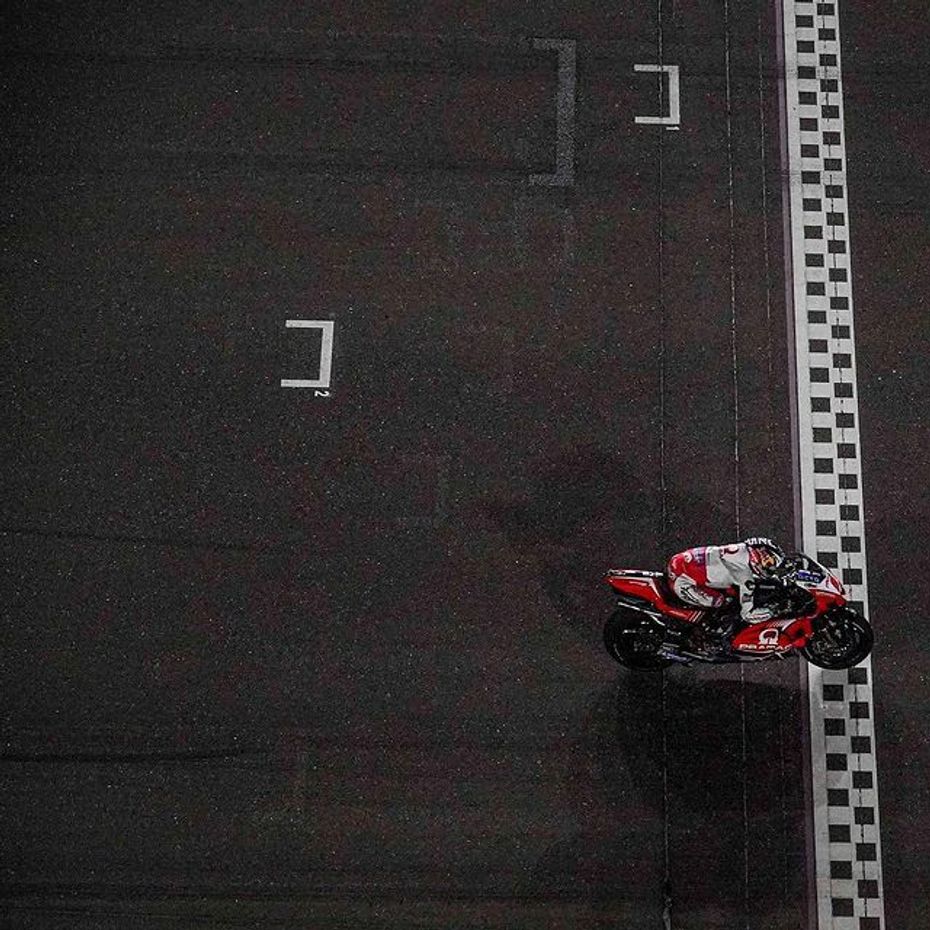
With its powerhouse of an engine and an array of complex winglets, scoops, wheel covers and holeshot devices, the GP21 (the Bologna Bullet, as it is now affectionately known) is an absolute weapon in a straight line, as rookie Jorge Martin found out when he catapulted himself from 14th to 4th place at the start of the race. Credit where it’s due, the Italian factory has also worked on improving the handling. But the fact is that Ducati only has 10 years of experience building twin-spar aluminium framed Grand Prix motorcycles. From 2003 to 2011, its MotoGP machines were first held together by trellis frames and then no frames at all, implementing a frameless monocoque design. In comparison, Japanese manufacturers Honda, Yamaha and Suzuki have been constantly building perimeter frames since the 1980s, which explains why Viñales and the Suzuki-riding Mir could comfortably rope in the Ducatis through Losail’s twisty 3rd sector.
Another adverse effect of excessive horsepower is tyre wear. A MotoGP race is about managing the limited resources at your disposal and tyre life, like fuel, is in short supply. The more power you produce, the more likely you are to spin the rear tyre and spinning means accelerated wear. Even without any spinning or slippage, you’re going to be stressing the rear tyre more as a result of the extra horsepower being put through it. Less powerful bikes like the Suzuki and the Yamaha tend to be easier on their tyres, which is why the likes of Maverick Viñales and Joan Mir came strong towards the end of the race, at the same time when Ducati riders Jack Miller, Francesco Bagnaia and Johann Zarco saw a drop in performance.
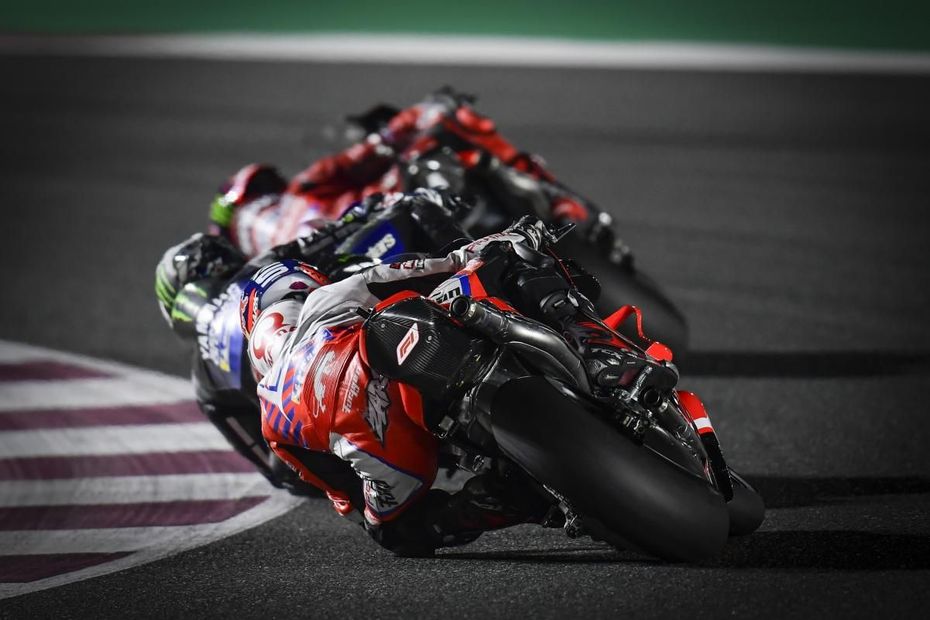
So, how much horsepower is too much horsepower? Is the Ducati now too powerful for its own good? Well, the layout of the Losail circuit makes MotoGP bikes exceptionally fuel-hungry -- at many other tracks, fuel consumption isn’t much of an issue, so the Ducati engines can remain at maximum attack pretty much throughout the race. Ducati also has some of the best electronics engineers in the paddock, who use their computer wizardry to come up with traction control maps that preserve the rear tyre. But there is only so much the electronics can do to save the tyre, and if Ducati keeps burrowing down the endless rabbit hole of more horsepower, it will soon have to dial down its engines at other circuits too. It is without a doubt, then, that the Italian factory needs to turn some attention away from horsepower and towards areas such as agility, rideability, and tyre wear.
Interestingly, being embarrassed by the Ducatis on the straights has prompted other manufacturers to place a higher emphasis on top speed. Yamaha and Suzuki are throwing engine updates, aerodynamic appendages, holeshot devices, and the kitchen sink at the issue; desperately and tirelessly striving to extract a few more horsepower and kph, while still retaining the friendly handling nature of their machines. If they manage to find the extra top speed that they’re looking for, and if Ducati succeeds in finding the right balance between handling and horsepower, it could make an already insanely competitive MotoGP field even more cut-throat and fierce. The 2021 MotoGP season looks all set to be an absolute cracker….

EXCLUSIVE: 2024 Bajaj Pulsar 150 Launched, Know Onroad Price, New...

All-New Bajaj Pulsar NS400 Launch Confirmed: May 3, 2024

6 New Royal Enfield Bikes Launch On Track: Royal Enfield Classic 350...

Bajaj Pulsar NS400 Spied For The First Time, Ahead Of Its Launch On...

Bajaj Pulsar NS400Z vs KTM 390 Duke: Image Comparison

Upcoming Bike And Scooter Launches In India: May 2024

Upcoming Bajaj Pulsar NS400 Spied Ahead Of May 3 Launch: CLEAREST...

Bajaj Pulsar NS400 Teased Again Ahead Of Its Launch

BREAKING: Bajaj Pulsar NS400Z Launched At Rs 1,85,000; Cheapest 400cc...
India's largest automotive community